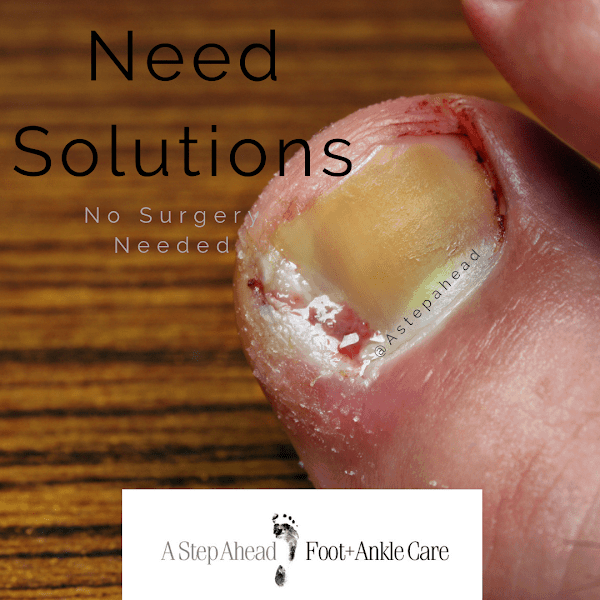
Blog, Ingrown Nails

Fungal Nails
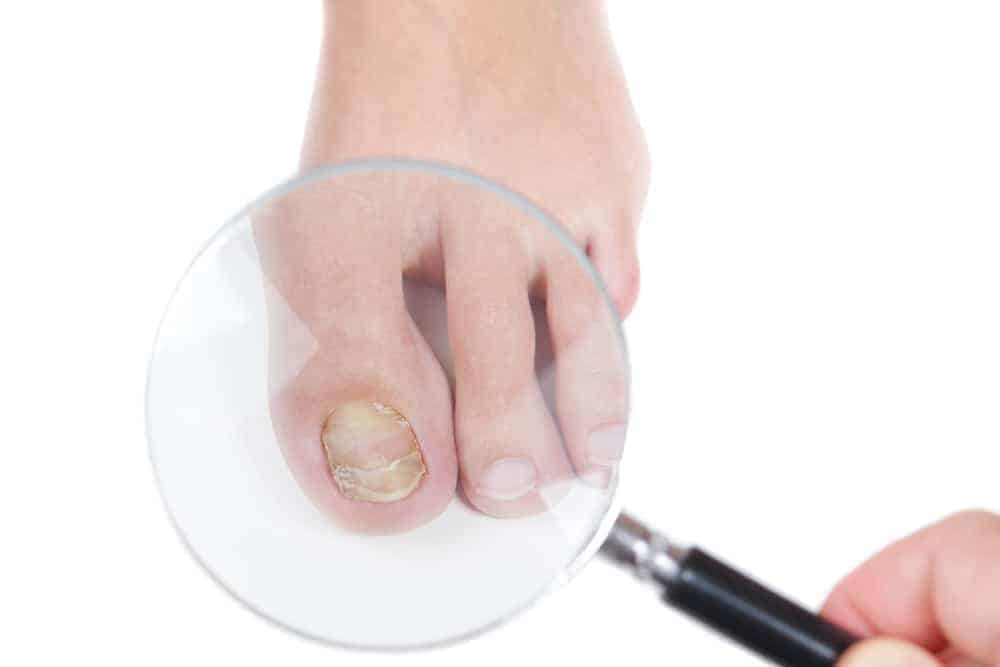
Nailing fungus with laser technology
Fungal nail infection can be unsightly and embarrassing. Not only can it cause the nail to thicken and turn a yucky yellow-brown colour, it can also lead to a nasty smell for some people. The other downside (Yes, there’s more!) is that fungal nail infection is notoriously hard to treat…until now!
If you have a fungal nail infection, you’re certainly not alone. It’s incredibly common and as a result people are willing to do anything to fight it. From drinking apple cider vinegar and applying Vicks VapoRub to slathering the toenail in tea tree oil, there’s a stack of weird and wonderful myths about treating fungal nail. Of course, none of them work.
Podiatrist Dr. Brenden Brown from Sydney-based clinic A Step Ahead Foot + Ankle Care explains, “Even over-the-counter treatments have a low success rate because of the side effects or the fact that the treatment takes months, even years—leading to poor adherence.”
The other important factor to consider when choosing a treatment for fungal nail infection is that fungus lives under the nail. If treatment doesn’t penetrate the nail (as is the case with ointments, lacquers and drops) it’s unlikely to kill the fungus.
This is where laser treatment comes in. Thanks to the wonder of science, laser has shown to be highly successful in treating fungal nail infection. Oversees studies have shown success rates as high as 80%*.
The lowdown on laser
Laser treatment works in the following way:
- Laser light passes through the nail plate into the nail bed
- The light is absorbed into the fungi
- The heat from the light kills both the fungi and the spores
A Step Ahead has been using laser for more than four years with amazing results. Although, not all laser treatments are equal.
Podiatrist Dr. Ryan Romero says, “Some clinics only treat the infected nail but we treat every single nail. We do this because the evidence shows that although you might not see the fungus in other nails, it’s 100% likely the fungal spores are there. Treating just one toenail almost guarantees failure. We treat all 10 toes and that’s why we’re seeing such fantastic results.”
Benefits of laser treatment for fungal nail
- Highly effective with high success rates reported
- Kills nail fungus in as little as two or three sessions
- No anaesthetic required
- No medication required
- Faster and more effective than topical ointments
- Minimal discomfort (just a warm sensation on application)
- No known side effects
“We see many people who have tried laser therapy elsewhere but haven’t got the results they wanted,” says Dr. Brenden. “There are many reasons for this but it shouldn’t put them off laser treatment all together.”
The right treatment and advice for fungal nail
A fungal nail infection is a lot like a tummy bug; it can be passed on to family members quite easily, so it’s important to do everything it takes not to share it and to prevent re-infection.
A vital part of treating fungal nail infection is finding the cause. Fungal spores live everywhere; in the carpet, in your shoes, in your socks— so it’s important that all of these areas are treated, not just the toenail and surrounding area.
A Step Ahead ensures all its patients are armed with the right take-home advice to banish rogue fungi spores and keep fungal nail infection at bay for good.
Next steps…
If you’re losing the fight against toenail fungus, let us nail it with laser!
A Step Ahead Foot + Ankle Care is based in Western Sydney. We have multiple practitioners with loads of experience treating fungal nail infection!
If you’d like more information please contact our helpful front desk team. They are brilliant at working through what help you need, guiding you to the appointment that is right for you or your family, running through cost and then reserving your appointment time. Call us today on +61 2 9673 2987 we look forward to helping.
Got a question about fungal nail or any other foot or ankle concern? Visit us on instagram #AskDrFoot or check us out on Facebook.
Related articles:
Beating fungal nail infection this beach season
How to treat and prevent fungal nail
* No medical treatment can guarantee 100% success. Registered medical and health professions in Australia are by law not allowed to guarantee success. This comes as a result of all human bodies reacting differently to treatments. Patients should thoroughly consider all treatment options available to them.
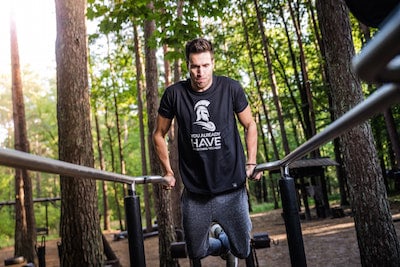
Sports Care
Dr Brenden Brown, sports podiatrist from Sydney-based A Step Ahead Foot + Ankle Care, says, “Cold muscle is less pliable which means it has to work harder to accommodate a given load and will be more resistant to sudden stretch. Less pliable muscle tissue is also more susceptible to overuse injuries so never underestimate the importance of warming up (correctly!).”
He provides 4 steps to a successful warm up

4 hacks for a successful warm up
#1 Set aside adequate time
Warming up prepares the body for sport by improving blood flow to the different areas, increasing the muscle temperature and making muscles more pliable. The result – less likelihood of injury!
“The warm-up routine needn’t take half an hour, but it should take a good 10-15 minutes,” says Dr Brenden.

#2 WALK, before you run!
All too often players arrive at their sports training session and the coach shouts, “Right, go for a run”. This is way too much sudden change for the muscles.
No matter what sport or activity, players can begin their warm-up by walking.
Dr Brenden advocates the ‘Two footy fields or eight netball courts’ approach to warming up…
- Start slowly walking around the outside of 2 footy fields, end-to-end or side-to-side. For court sports, this equates to approximately 8 laps of the court!
- As you walk further SLOWLY pick up the pace. “NEVER get to a run!”
- You will do 2 complete laps of the 2 fields or 8 laps of the courts.
- NOW you are ready to look at further warm up exercises and maybe that coach’s run!
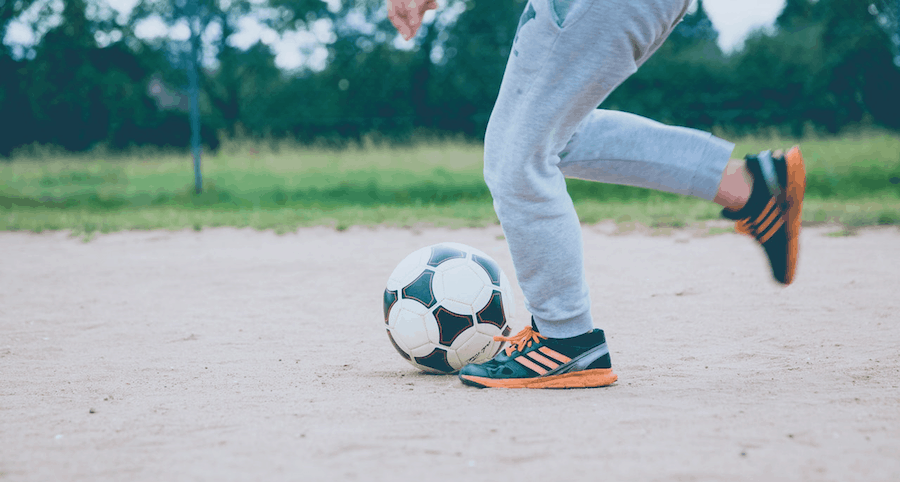
#3 Perform activity-specific warm ups and training
Let’s take netball as an example, there’s little point in netballers shooting hoops and running straight up and down the court in their warm-up and training sessions. It’s far better to do side-to-side jumps, high jumps and lands, as well as cutting movements. This is much more specific to what they’ll likely to be doing on the court and will help ensure the appropriate muscles are warmed up.
Same goes for footy, rugby or any other sport for that matter; make sure the warm up exercises you perform are relevant to what you’ll be doing on the field or pitch.

#4 Should you really stretch before sport?
This is an important question, particularly as when you stretch out a muscle and hold it there (static stretching) you can push the tissue past where it needs to go, which could do more harm than good!
According to the experts, stretching is NOT PROVEN to help prevent injury, curb muscle soreness after exercise or improve your performance.
In his paper ‘Does stretching improve performance? A systematic and critical review of the literature’1 sports medicine physician Ian Shrier writes, “An acute bout of stretching does not improve force or jump height, and the results for running speed are contradictory. Regular stretching improves force, jump height, and speed, although there is no evidence that it improves running economy.”
Another article2 states: “Static stretching before exercise can weaken performance, such as sprint speed, in studies. The most likely reason is that holding the stretch tires out your muscles.”
It goes on to say, “you should warm up by doing dynamic stretches, which are like your workout but at a lower intensity.”
Dr Brenden explains, “Dynamic stretches differ from the norm in that they stretch the body fluidly through an entire range of motions. Instead of holding the muscle in a stationary stretched-out position, you move gradually through the movement. This also allows you to make the stretching movement more specific to the sport you’ll be playing.”
Related:
4 hacks for staying injury free this winter sports season
Warming up for sport—why bother?
Sources:
-
https://www.ncbi.nlm.nih.gov/pubmed/15377965
-
https://www.webmd.com/fitness-exercise/features/how-to-stretch#1

Blog, Sports Care
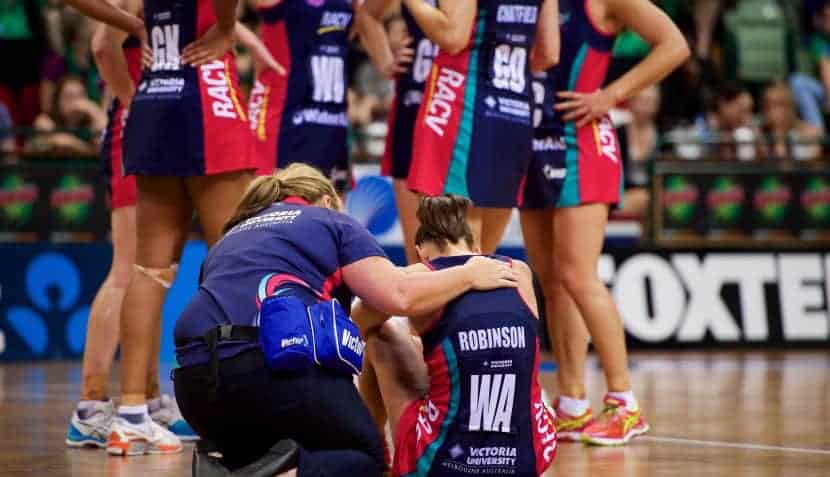
Netball-related foot & lower leg injuries—and how to avoid them
Guess what? Netballers are three times more likely to sustain lower leg or knee injuries than people playing AFL, soccer or both codes of rugby.*
In addition, Sports Medicine Australia reveals that the rate of injury for netballers is 14 injuries per 1,000 hours played.
Common netball-related foot injuries include:
• Ankle sprains & strains
• Achilles tendinopathy
• Sever’s disease in kids
• Osgood-Schlatter disease (Knee pain) in kids
• Patellar tendinopathy (aka “Jumper’s Knee”)
• Plantar heel pain – incorporating plantar fasciitis, tibialis posterior tendonopathy or abductor hallucis pain
Preventing netball-related injuries
“Awareness of widespread netball-related injuries and knowing how to avoid them can go a long way to ensuring you see out the entire season,” says sports podiatrist and founder of A Step Ahead Foot + Ankle Care, Dr Brenden Brown.

Ankle sprains & strains
“Ankle sprains typically occur as a result of involuntary sliding or twisting of the feet when you step on slippery or unstable ground. The sprain happens when the foot is forced into an unnatural position.
“The intensity at which the ligaments stretch can sometimes be so severe that it causes fracture or serious inflammation and pain.
“An ankle strain is an injury to the muscle or tendon. For example, overstretching the muscle or tendon can result in a complete or partial tear, with symptoms ranging from moderately painful to disabling.
“To reduce the risk of injury netball players need to perform strengthening movements. This refers to strength exercises that focus on the glutes along with balance and co-ordination of the lower limbs, as well as sports-specific exercises,” says Dr Brenden.
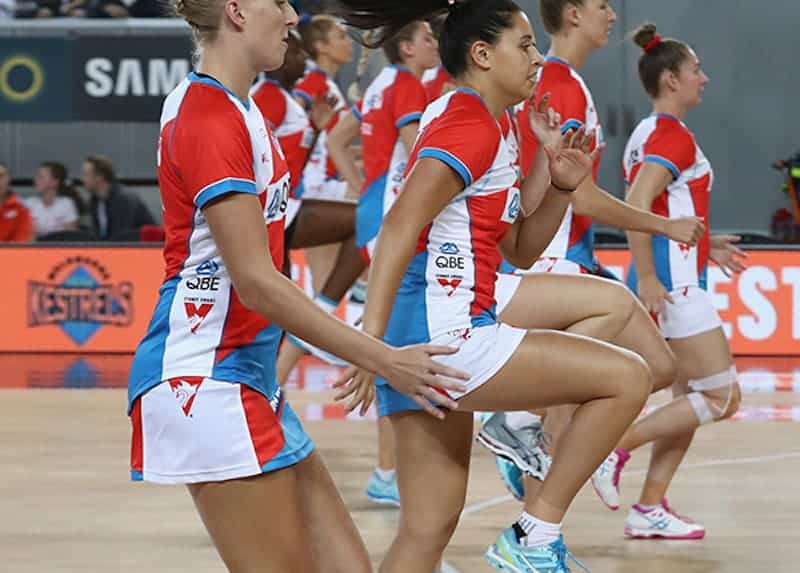
Achilles tendinopathy
“We know that the most common cause of achilles tendinopathy is change in load; this refers to sudden alterations in the intensity or frequency of the sport. (It has nothing to do with weight!) Dramatic changes place abrupt pressure on the tendon to over work and this gives rise to achilles-related problems,” explains Dr Brenden.
“Prevention is about increasing the load gradually, over a period of time. Make sure you have a long lead into sports season and ensure you adequately warm up the achilles.”
He adds, “People often don’t recognise that going from wearing high heels to a flat or low heel radically changes the load on the tendon. If you’ve spent most of the year in a corporate environment, walking around in heels then you suddenly change to wearing trainers it’s not uncommon for achilles problems to arise.
“To overcome this, practice wearing flat shoes at home several afternoons a week. Start doing this well before the season begins so that you’re changing the load gradually.”
Patellar tendinopathy
It’s common for patella-related injuries and the associated symptoms to be caused by musclular imbalance. Practicing lower limb stability and strength exercises can be useful.
“It’s important to warm up appropriately and wear the correct footwear for the sport you’re playing,” adds Dr Brenden.
Sever’s disease
Sever’s disease is more of a repetitive strain injury than an actual disease—resulting in inflammation and irritation of the growth plate. There are several causes, including rapidly increasing physical activity in volume, intensity or frequency; doing activity in bare feet, poor foot posture (flat feet) and weak foot muscles.
Sever’s disease should be addressed by ensuring you warm up adequately before playing sport. “Warming up prepares the body for sport by improving blood flow to the area, increasing the muscle temperature and making muscles more pliable,” says Dr Brenden.
“And don’t forget to wear the right shoes for the sport you’re playing!”
Plantar heel pain
Plantar heel pain is often referred to as plantar fasciitis, tibialis posterior tendonopathy, abductor hallucis pain—amongst a number of other conditions that can cause plantar heel pain.
To help ward off plantar heel pain Dr Brenden advises not to change from wearing high heels to low (or flat) heels too quickly.
“Again, rapid changes in frequency, intensity or volume place significant pressure on the tendons, which can cause excessive strain and lead to injury.”
Tips to prevent netball-related lower limb injuries
- Don’t rely on ankle braces! Strong muscles protect you from sprains far more than braces do! Your gluteal muscles – yes your butt — has a major role to play here!
- Make sure you warm up. Cold muscles are less flexible and more prone to injury. Check our Dr Brenden’s ‘warm up to success tips’.
- Don’t rapidly increase physical activity in volume, intensity or frequency. If you’re not all that active outside of netball season you need to allow a longer lead time.
- Always wear the appropriate footwear for your sport. Choose Netball shoes – its hard to go past the Asics Netburner range (See Dr Brenden’s article ‘Your guide to choosing the best netball shoe’ or head over to our YouTube channel for his Netburner reviews).
- If your pain or problems continue, visit a sports podiatrist to check your foot posture. Addressing foot posture prevents muscles from over compensating, leading to less ongoing problems.
- Ensure your footwear fits you properly (loose netball shoes can cause falls, increasing risk of ankle injury).
- Take the time to cool down. Slow stretching can reduce post-sports muscle tightness and soreness and may help reduce future risk of injury. An easy method is “Walk it out”. Don’t jump straight in the car and head home; allow yourself 10 minutes of moderate walking to cool your muscles down.
- If you know you have weak foot or ankle muscles, or you have poor foot posture, seek professional advice – All the stretching in the world wont get you better if your foot posture is continually meaning your muscles are over compensating. A trip to a podiatrist can help address the underlying foot posture issue.
- Ensure rehab is tailored to your needs. Netballers have specific groups of muscles they use – make sure your rehab is based around these muscles and your individual activity – Netball!
Next steps…
If this sounds all too familiar, we’d like to help. Perhaps this is something that a friend or relative may benefit from. If that is the case, we’d love you to share this article with them so they can find relief!
A Step Ahead Foot + Ankle Care is based in Western Sydney. We have multiple practitioners with loads of experience in this area. It’s our passion!
If you’d like more information, please contact our helpful front desk team. They are brilliant at working through what help you need, guiding you to the appointment that is right for your family, running through costings and then reserving your appointment time. Call us today on +61 2 9673 2987. We look forward to helping you.
Related articles:
About us
A Step Ahead Foot + Ankle Care is one of Sydney’s leading foot and ankle clinics. Principal podiatrist and founder of A Step Ahead Dr Brenden Brown (AKA Dr Foot) has been taking care of people’s feet for more than 20 years.
With a background in sports medicine and having served as a former president of the Australasian Podiatry Council, Brenden is a wealth of information when it comes to foot and ankle care.
Sources: * Australian Institute of Health and Welfare (December 2014)
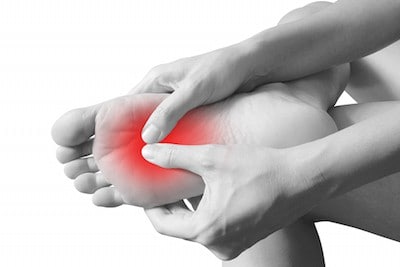
Blog, Uncategorized
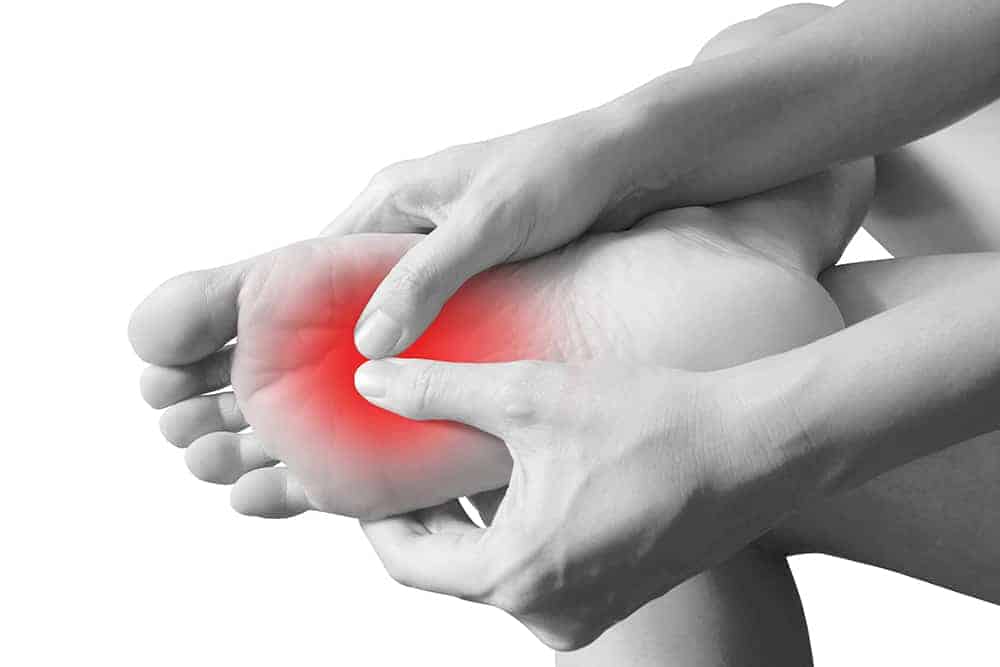
Morten’s neuroma Vs plantar plate
If you’ve ever suffered from pain in the ball of your foot you’ll know only too well how annoying and debilitating it can be. However, addressing the cause of the pain starts with the right diagnosis.
Two widespread causes of forefoot pain are Morten’s neuroma and plantar plate trauma. While plantar plate tears are less well known and identified, they are clinically prolific.
Morten’s neuroma
A Morten’s neuroma is a nerve injury. The joints around the metatarsal bones rub together causing irritation and swelling, which encroaches on the nerves. The nerves can become damaged and thickened resulting in the shooting, stabbing pain and burning sensation linked with a Morten’s neuroma.
The nerves in the intermetatarsal spaces (between the 2nd-3rd and 3rd-4th toes) are most commonly affected leading to pain in the ball of the foot.
Symptoms of Morten’s neuroma
- A sharp, shooting pain in the ball of the foot (usually between third and fourth toe)
- A burning pain in the ball of the foot that may spread or shoot down towards the toes
- Toes may feel numb or tingle
- Pain is intensified when wearing tight shoes or high heels
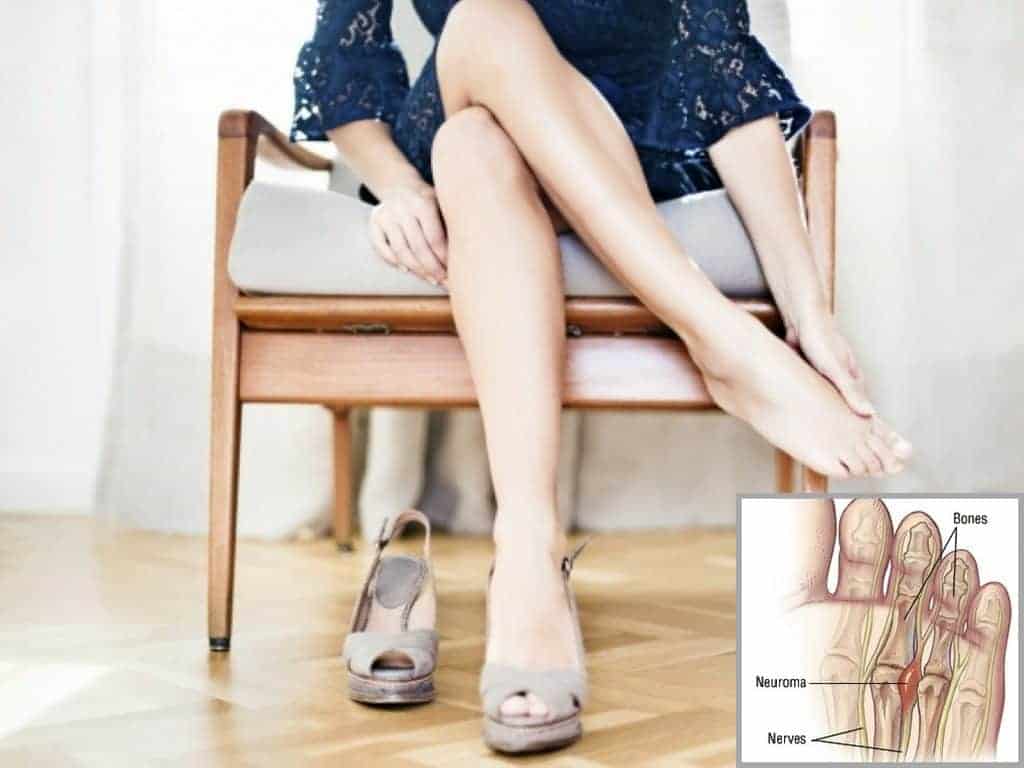
Podiatrist and founder of A Step Ahead Foot + Ankle Care Dr Brenden Brown explains, “Wearing high heels or tight fashion shoes compresses the nerve and creates that electric, shooting pain.
“People with foot deformities, such as hammertoes, bunions, flat feet or high arches, are at higher risk of a Morten’s neuroma because these defects generally cause the foot to widen, making it more difficult to find shoes that aren’t tight.”
Treatment for a Morten’s neuroma
Treatment will depend on the severity of symptoms but first-line treatment options include:
- Appropriate footwear—avoid shoes that are narrow in the forefoot or tight in general
- Soft tissue rehabilitation — Soft tissue massage to the Morten’s region can provide some relief from the associated pain
- Soft cushioned orthotics with a metatarsal dome may help reduce pressure on the nerve
- Injections to reduce inflammation, such as cortisone or Prolotherapy
- Surgical opinion is required if conservative measures are unsuccessful

Plantar plate tear
This is the very start of clawed or hammer toes! A plantar plate injury involves the ligament and cartilage attached to the base of and between our toe bones (phalanges). Injury can involve tears, ruptures or distensions. Conservative treatment for this condition is highly effective.
Symptoms of plantar plate tear
- Dull ache or sharp pain under the ball of the foot
- A “V” sign where the toes separate and form a V shape
- Toe lifts upwards (commonly the 2nd or 3rd toe) and may become swollen
- In acute cases the toe becomes thickened or enlarged. Often described as “sausage like”
- Feeling that you have a small stone in your shoe when walking
- The feeling that there’s insufficient cushioning between the toe bones and the ground
- Small amount of callous develops under the metatarsal heads
- Surgical opinion is required if conservative measures are unsuccessful
Treatment for plantar plate tear
- Conservative treatment for this condition is highly effective if caught within the first 6 – 12 months
- Wearing firm, stiff-soled shoe can help alleviate pressure on the joint and reduce the pain
- Cushioned orthotics with a metatarsal dome (often recommended by orthopaedic surgeons)
- Soft tissue rehabilitation, deep connective tissue therapies to the joint capsules and the spaces around this area.
- Deep connective tissue therapies to the extensor and flexor tendons and muscles of the foot
- Serial strapping or taping to prevent the toes popping up or hold them in alignment
Dr Brenden says, “For years Morten’s neuroma has widely been the most common diagnosis for forefoot pain. Yet I find that in many cases, where there is a dull ache type of pain in the ball of the foot, the cause is a plantar plate tear rather than Morten’s neuroma.”
Radiology
Morten’s neuroma and plantar plate trauma are difficult to distinguish between on diagnostic ultrasound.
“When viewed in ultrasound the two conditions without further discovery and without an experienced radiologist can appear the same. The two conditions will often return a hypoechoic mass finding, hence the need for more detailed clinical symptoms and signs accompanying the request.
“Given that the difference in symptomatology between the two is often the key, clinical symptomatology should be included in the radiological request,” advises Dr Brenden.
Related articles
4 hacks to staying injury free this winter sports season
5 hacks to keep ingrown toenails at bay
Your guide to sock solid ankle stability
About us
A Step Ahead Foot + Ankle Care is one of Sydney’s leading foot and ankle clinics. Principal podiatrist and founder of A Step Ahead Dr Brenden Brown (AKA Dr Foot) has been taking care of people’s feet for more than 20 years.
With a background in sports medicine and having served as a former president of the Australasian Podiatry Council, Brenden is a wealth of information when it comes to foot and ankle care.


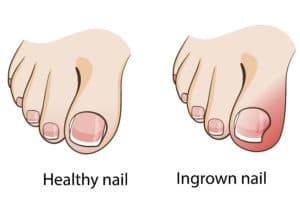
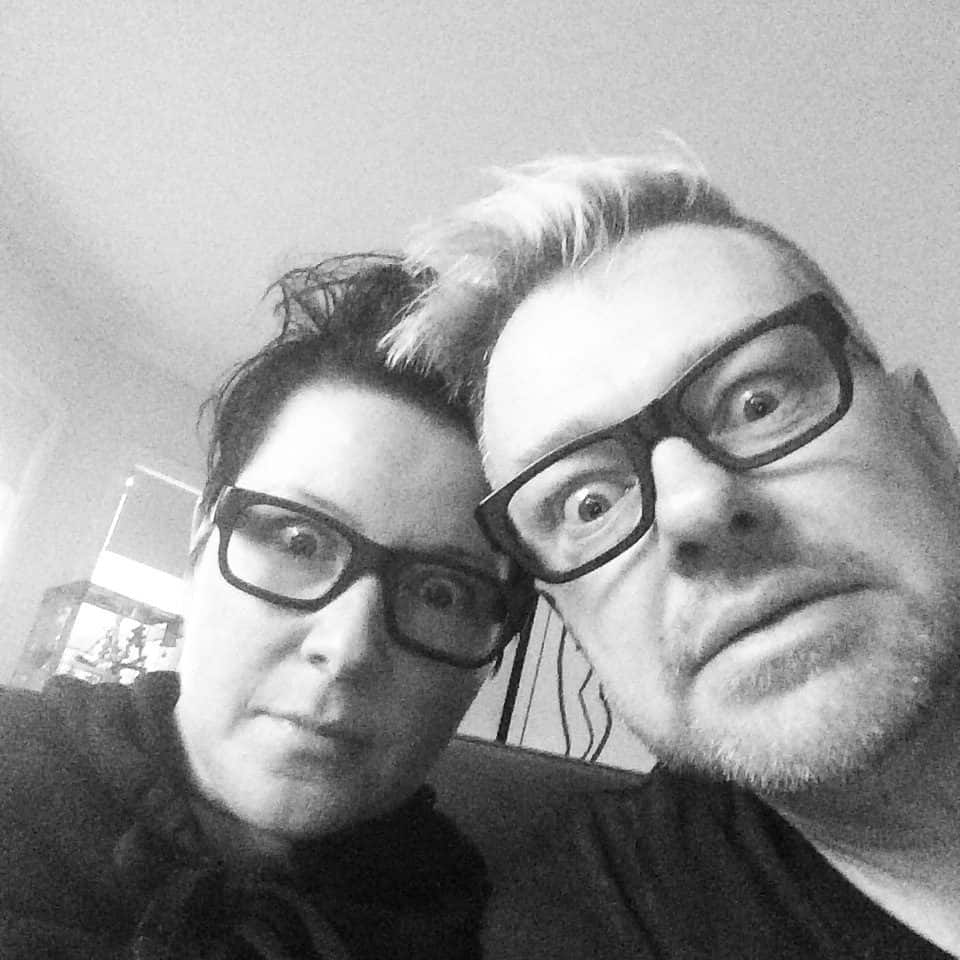 Founder of A Step Ahead Foot + Ankle Care in Sydney, and former president of the Australasian Podiatry Council, Dr Brenden Brown (A.K.A Dr Foot) is a wealth of knowledge on how to take care of your feet, including how to find the best shoes.
Founder of A Step Ahead Foot + Ankle Care in Sydney, and former president of the Australasian Podiatry Council, Dr Brenden Brown (A.K.A Dr Foot) is a wealth of knowledge on how to take care of your feet, including how to find the best shoes.


















 Dr Brenden’s White paper report on the “6 Reasons You Won’t Beat Heal Pain” outlines what’s stopping you from beating this and tips on how to stop it in its tracks!
Dr Brenden’s White paper report on the “6 Reasons You Won’t Beat Heal Pain” outlines what’s stopping you from beating this and tips on how to stop it in its tracks!